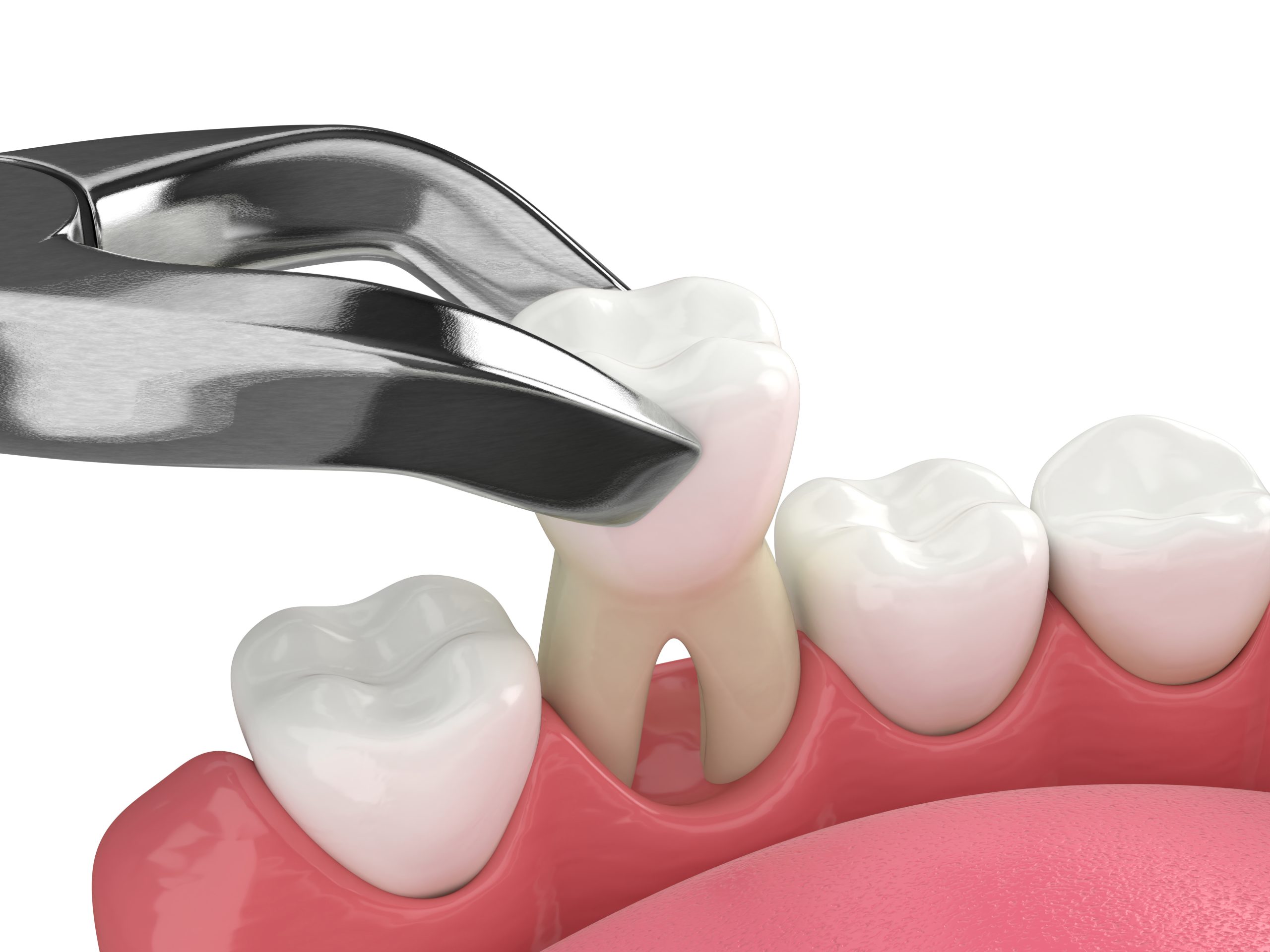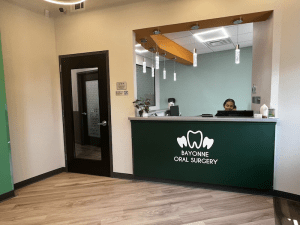Tooth Extraction
Painless Extraction of Teeth Affected by Damage or Infection
Tooth extraction, or the removal of a tooth from its socket in the bone, is typically recommended when other dental treatments cannot adequately address a dental problem or when a tooth poses a risk to overall oral health. Here are some common reasons why someone might need a tooth extraction:
- Severe Tooth Decay: When tooth decay is extensive and has damaged a tooth beyond repair, extraction may be necessary to prevent the spread of infection and pain.
- Advanced Gum Disease: In advanced stages of periodontal (gum) disease, teeth may become loose and may need to be extracted to stop the progression of the disease and preserve the health of surrounding teeth and gums.
- Crowding: In cases of severe dental crowding or when preparing for orthodontic treatment, a tooth extraction may be required to create enough space for proper alignment.
- Impacted Wisdom Teeth: Wisdom teeth (third molars) often become impacted, meaning they don’t fully erupt or grow in a proper alignment. Impacted wisdom teeth can cause pain, infection, and damage to adjacent teeth, necessitating removal.
- Infection or Abscess: If a dental infection is severe and antibiotics are ineffective, or if an abscess (a pocket of pus) forms at the root of a tooth, extraction may be the best course of action to eliminate the source of infection.
- Orthodontic Treatment: In some cases, orthodontists may recommend the removal of one or more teeth to achieve proper alignment and bite correction during orthodontic treatment.
- Fractured or Broken Teeth: When a tooth is severely fractured or broken beyond repair, extraction may be the most practical solution to prevent infection and alleviate pain.
- Failed Root Canal: In instances where a root canal treatment has not been successful in saving a tooth, extraction may be considered to address persistent pain or infection.
- Teeth for Prosthodontic Purposes: Some individuals may need teeth removed to make way for partial or full dentures or dental implants as part of prosthodontic treatment.
Tooth extraction is a common dental procedure, and advances in dental techniques and anesthesia have made it relatively painless and safe. Our oral surgeons carefully evaluate each case, considering alternatives whenever possible, to ensure that extractions are performed when truly necessary for the patient’s oral health and overall well-being.

What happens after my teeth are removed?
If you have sufficient jaw bone, you might be eligible for immediate dental implant placement right after a tooth extraction, often referred to as ‘same-day dental implants.’ This approach not only saves you time and money but also reduces the need for multiple surgical visits, allowing you to leave our office with a complete smile.
If your immediate plan doesn’t involve replacing the missing tooth with a dental implant, your surgeon may opt to insert a bone graft into the vacant tooth socket. This grafting procedure helps preserve the socket’s size and shape, facilitating future dental implant placement.
When a tooth is missing, the underlying jaw bone can deteriorate over time due to the lack of stimulation. We strongly recommend considering dental implants as replacements for missing teeth because their posts simulate natural tooth roots, preventing jaw bone loss. Feel free to inquire about dental implants during your consultation to explore your options for tooth replacement.
Before your procedure, your surgeon will provide you with post-operative care instructions. In many cases, patients experience relief from pain associated with infected or damaged teeth after the extraction, making it a worthwhile step in their dental care journey.

